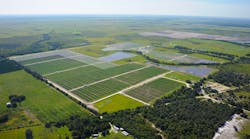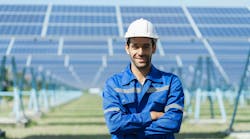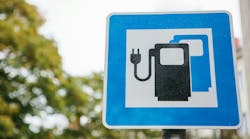Florida Power & Light Co. has announced details about its plans to build substantially more solar energy capacity as part of its ongoing strategy of advancing clean energy while keeping electricity affordable for customers.
Before the end of 2016, FPL intends to build three new solar photovoltaic (PV) power plants that are being designed to cost-effectively complement other major system improvements, which include the retirement of some of the company's oldest fossil fuel-burning units and the continued investment in clean, fuel-efficient, 24-hour power generated from U.S.-produced natural gas and zero-emissions nuclear fuel.
"Over the past decade, we have continuously focused on advancing reliable, affordable, clean energy for our customers," said Eric Silagy, president and CEO of FPL. "In particular, we have been working especially hard to find ways to advance solar energy in Florida without increasing electricity costs, and we have developed what we believe will be a cost-effective plan to triple the amount of solar energy we use to serve our customers before the end of 2016."
Currently, solar power – even the most economical large-scale installation – is generally not yet cost effective in FPL's service area, due in part to its higher costs compared to the company's highly efficient system and low electric rates. However, FPL has identified three uniquely advantaged sites that will each facilitate the cost-effective development of a new, large-scale solar plant. In addition, as the cost of solar PV is projected to decline further later in the decade, FPL is optimistic that it could potentially add even more solar energy generation to complement its natural gas and nuclear resources while continuing to meet the electricity needs of Florida's growing economy and population on a cost-effective basis.
"As the economics of solar power improve in the years ahead, we believe we will be able to harness more and more sunshine cost-effectively, alongside essential, high-efficiency, clean natural gas generation and zero-emissions nuclear power, to continue powering our customers and the state's growing economy with affordable clean energy," Silagy said. "These exciting large-scale solar projects, equivalent to roughly 45,000 typical residential rooftop systems, will bring new tax revenue and several hundred new jobs to rural communities we serve and deliver emissions-free power when the sun is shining to our customers across the state."



